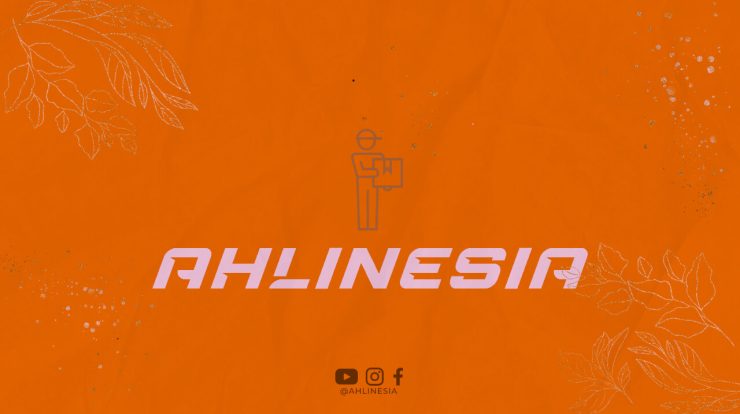
Becoming a dentist in Australia is a dream that many aspiring healthcare professionals have. Not only is it a rewarding and noble profession, but it also offers great career prospects and financial stability. However, the journey to becoming a dentist requires dedication and years of hard work. In this article, we will explore the educational path and the number of years it takes to become a dentist in Australia.
Undergraduate Education
The first step towards becoming a dentist in Australia is to complete an undergraduate degree. Although there is no specific requirement for the type of degree, most students choose to pursue a Bachelor of Science or a Bachelor of Health Sciences. These degrees typically take three years to complete.
During your undergraduate studies, it is important to focus on subjects that are relevant to dentistry. Courses in biology, chemistry, anatomy, and physiology will provide you with a strong foundation for your future dental studies.
Dental School Admission
After completing your undergraduate degree, the next step is to gain admission to a dental school. In Australia, there are several dental schools that offer accredited programs. The admission process is competitive, and it usually involves submitting an application, academic transcripts, letters of recommendation, and sometimes sitting for an entrance exam.
Once accepted into dental school, you will begin your professional dental education. This typically consists of a four-year Doctor of Dental Surgery (DDS) or a five-year Bachelor of Dental Surgery (BDS) program. These programs combine both theoretical coursework and clinical training to prepare you for a career in dentistry.
Dental School Curriculum
The dental school curriculum is designed to provide students with comprehensive knowledge and skills in all aspects of dentistry. The coursework covers subjects such as dental anatomy, oral pathology, dental radiology, dental materials, and periodontology, among others.
In addition to classroom lectures and laboratory work, dental students also receive hands-on training through clinical rotations. Under the supervision of experienced faculty members, students have the opportunity to treat patients and gain practical experience in various dental procedures.
Internship and Licensure
Upon successful completion of the dental program, graduates are required to undergo a one-year internship in a clinical setting. This internship provides them with further practical experience and allows them to refine their skills under the guidance of experienced professionals.
After completing the internship, graduates must apply for licensure to practice dentistry in Australia. The licensure process typically involves passing a national examination, which assesses the candidate’s knowledge and clinical skills.
Continuing Education and Specialization
Once licensed, dentists can choose to further their education and specialize in a specific area of dentistry. There are various specialization options available, such as orthodontics, periodontics, endodontics, oral surgery, and pediatric dentistry, among others.
Specialization programs usually require an additional two to three years of study and clinical training. These programs provide dentists with advanced knowledge and skills in their chosen field, allowing them to provide specialized care to their patients.
Conclusion
Becoming a dentist in Australia requires dedication, perseverance, and years of study. After completing a three-year undergraduate degree, aspiring dentists must gain admission to a dental school and complete either a four-year DDS or a five-year BDS program. Following graduation, they must complete a one-year internship and pass a licensure examination. Dentists can then choose to specialize in a specific area of dentistry by pursuing further education. While the journey may be challenging, the rewards of a career in dentistry are immeasurable.






